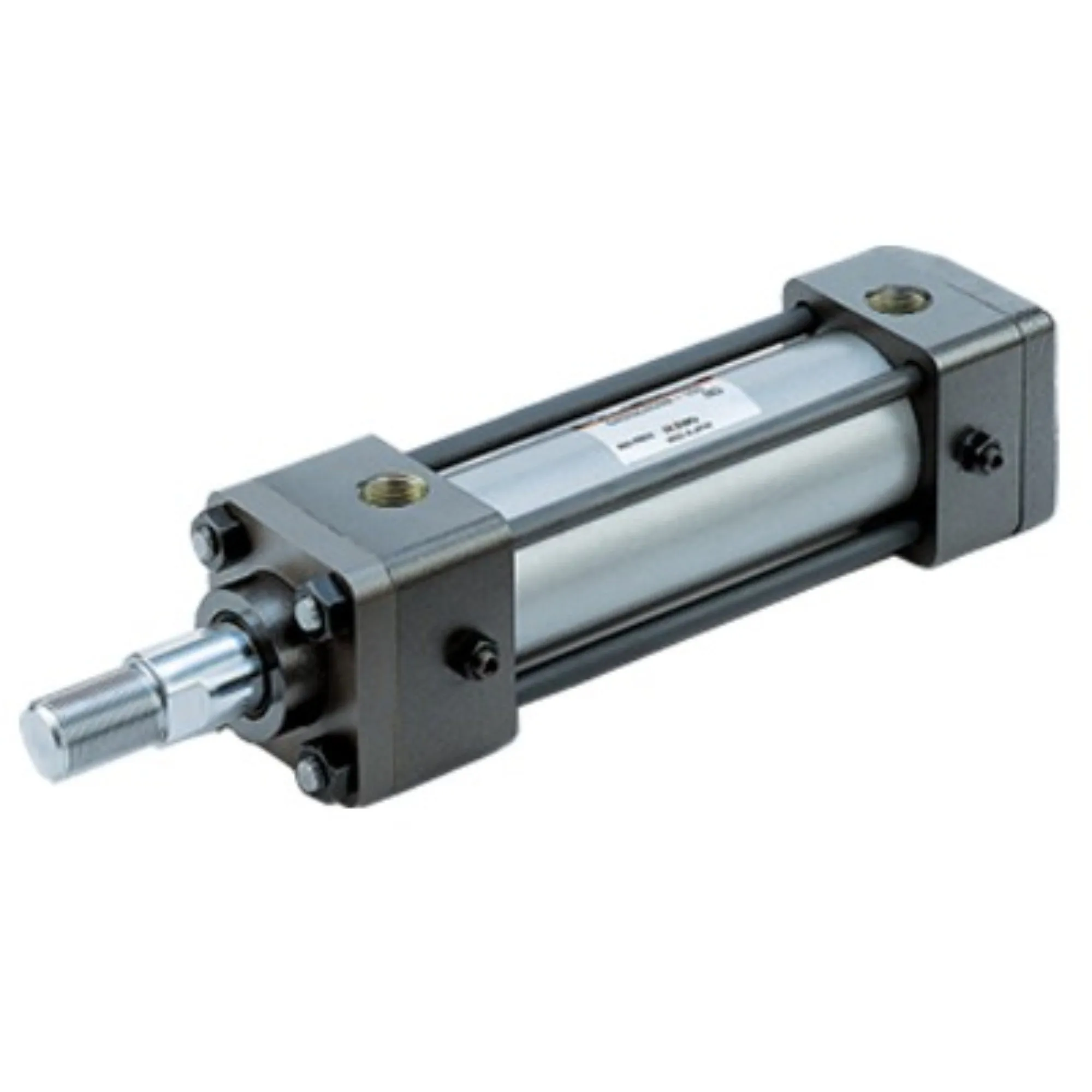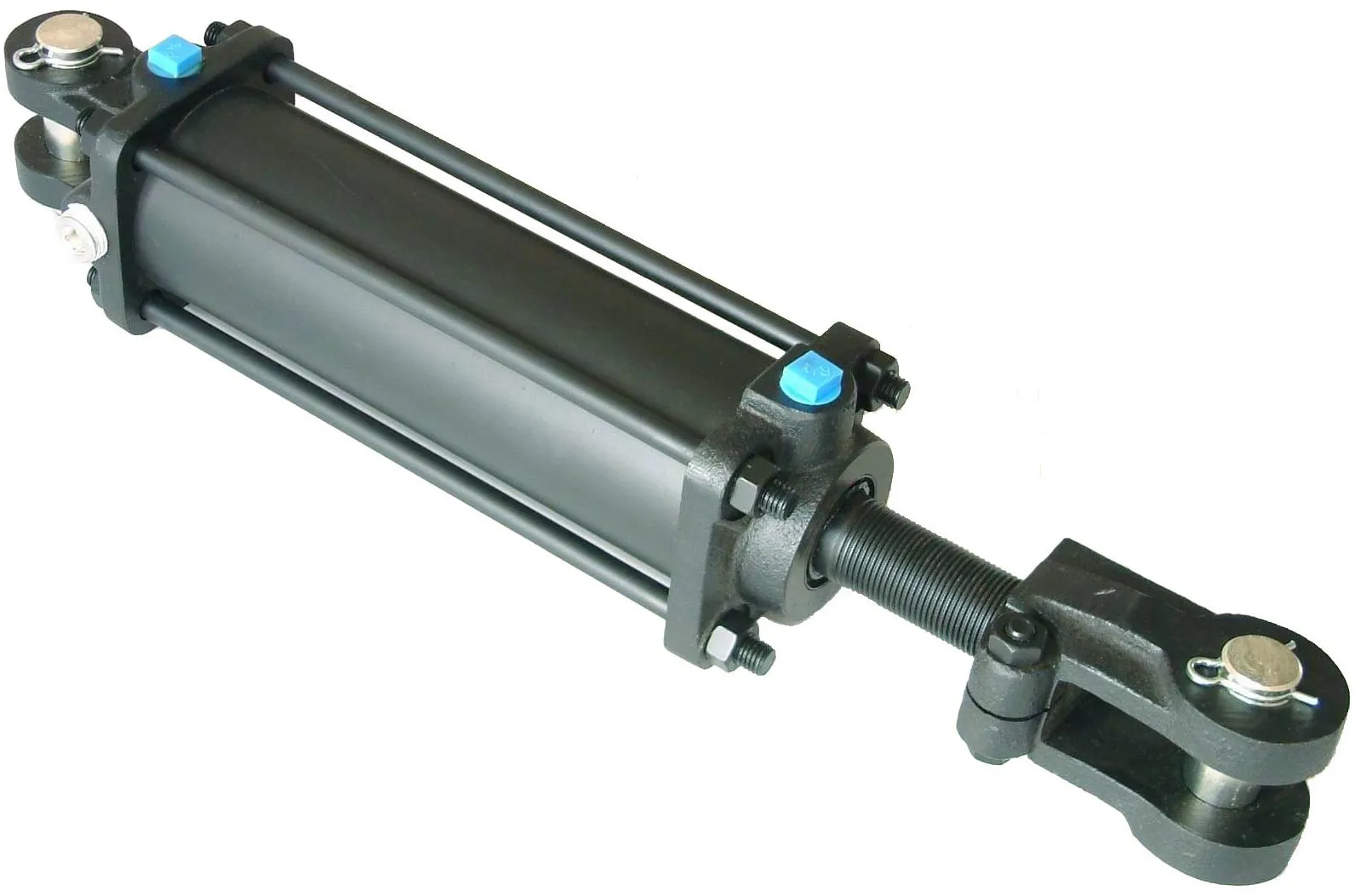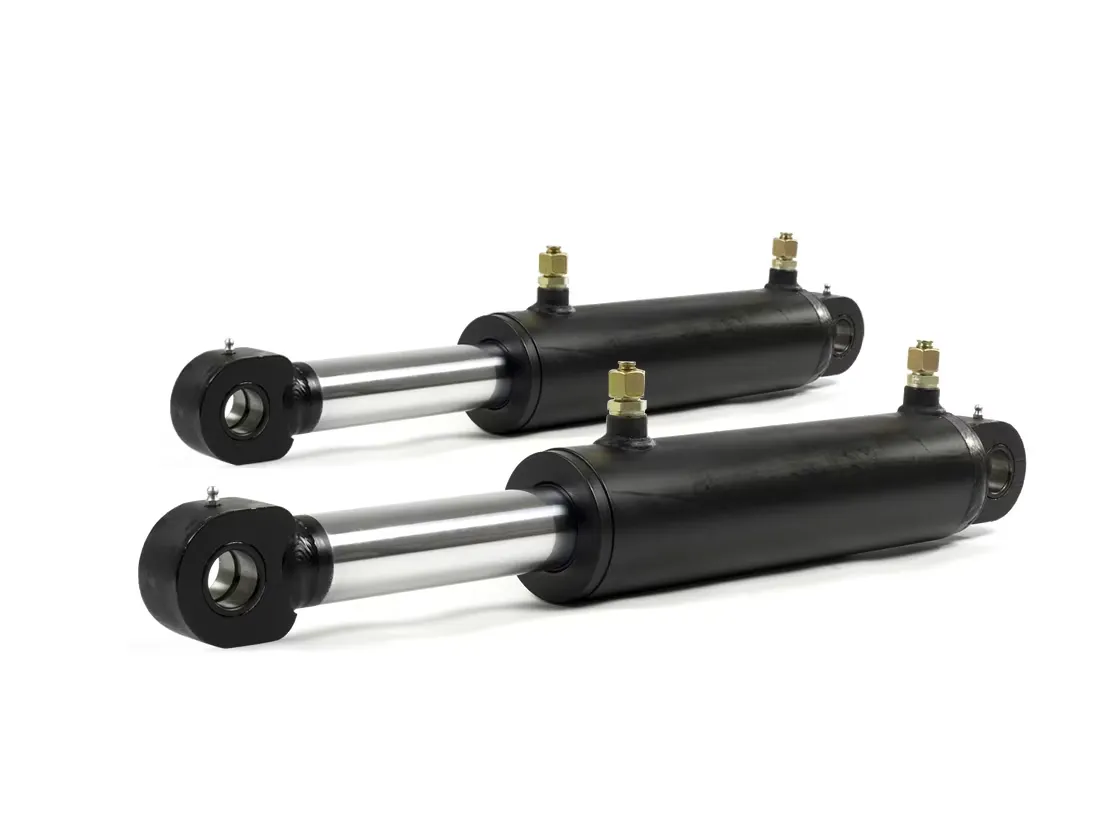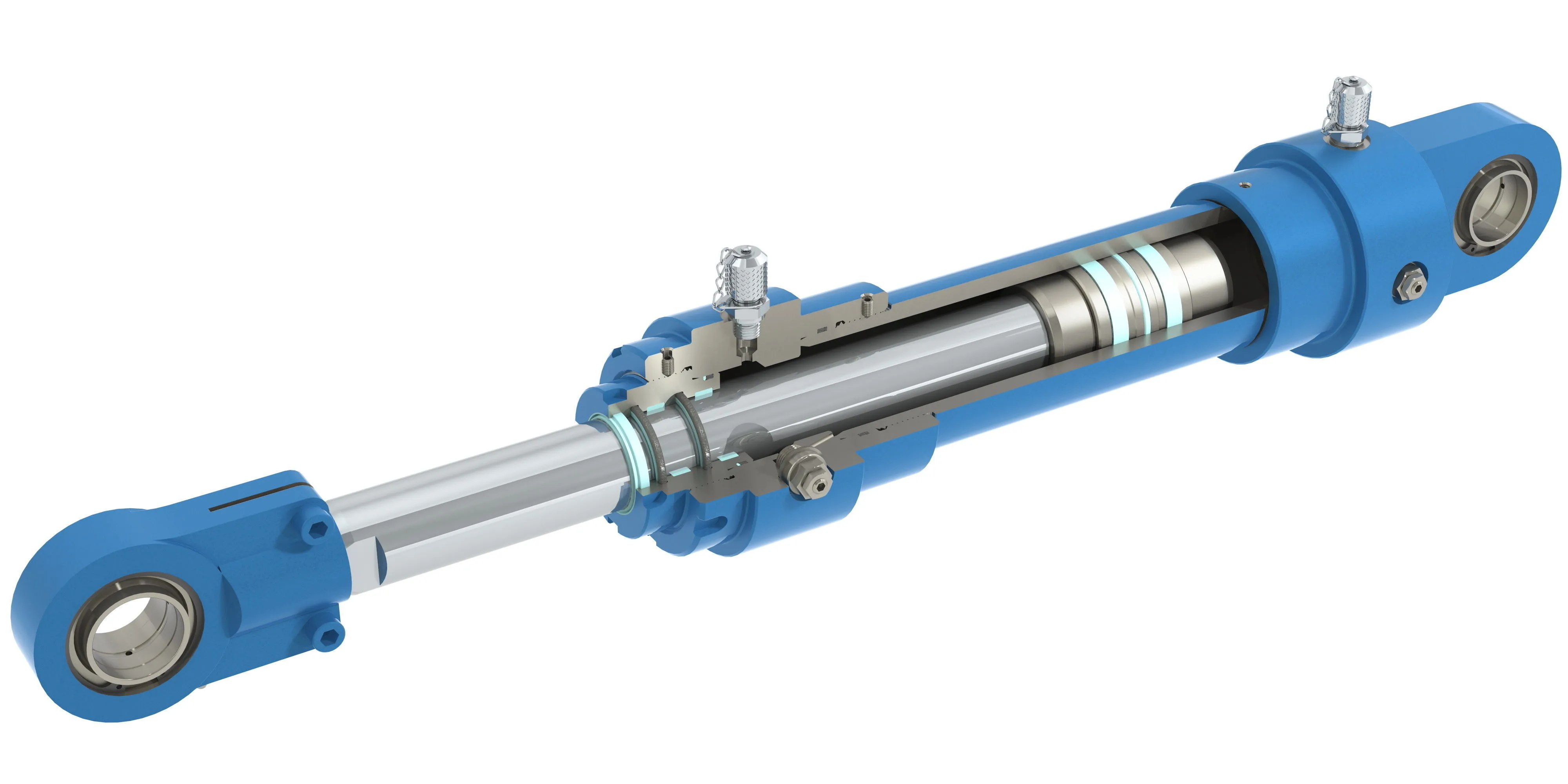The Ultimate Guide to Troubleshooting Locking Single-Acting Hydraulic Cylinders
Understanding Locking Single-Acting Hydraulic Cylinders
In the world of hydraulic systems, the term “locking single-acting hydraulic cylinder” refers to a specialized type of cylinder that operates under hydraulic pressure in one direction and features a locking mechanism to prevent movement in the absence of pressure.
Design and Construction Characteristics
- Locking Mechanism – Safety: The primary feature of these cylinders is their locking mechanism, which ensures that the piston stays in a secure position even when hydraulic pressure is lost, preventing accidental retractions.
- Variety: The locking mechanism can be customized to suit specific applications, utilizing different types of locks such as spring-loaded devices or pin locks.
- Compact Structure – Space Optimization: These cylinders are designed to be compact, making them ideal for use in limited-space environments.
- Precision Manufacturing – High-Precision Machining: Components are manufactured with precision to ensure proper fit and sealing performance, minimizing the risk of leaks.

Working Principle of Locking Single-Acting Hydraulic Cylinders
When hydraulic oil is pumped into the chamber, the cylinder extends and pushes the piston outward. A locking mechanism holds the piston in place, preventing retraction under load, even in the absence of hydraulic pressure.
Types and Configurations
There are three main types of locking single-acting hydraulic cylinders, each with unique configurations tailored to specific applications.
Benefits of Locking Single-Acting Hydraulic Cylinders
- Enhanced Security: The locking feature reduces the risk of accidents and improves operator safety.
- Reliability: These cylinders are designed to perform consistently under high loads and varying conditions.
- Simplicity: They are easy to operate and maintain, making them user-friendly for a variety of applications.
Application Scenarios
- Construction Equipment: Commonly used in cranes, hoists, and lifts to secure heavy objects.
- Manufacturing: Utilized in presses to maintain pressure during material forming processes.
- Transportation: Used for stabilizers and jacks in vehicles to ensure safety during maintenance or transport.
Design Considerations and Selection Criteria
When choosing a locking single-acting hydraulic cylinder, factors such as bearing capacity, sealing, durability, safety, and maintainability must be considered.
Sealing and Lubrication
Proper sealing and lubrication are essential for the optimal performance and longevity of these cylinders. Utilizing high-quality seals and regular lubrication maintenance can prevent wear and leakage.
Regular Inspection and Maintenance
Implementing routine inspections and preventive maintenance measures is crucial to ensure the continued functionality of locking single-acting hydraulic cylinders.
Installation Guide
Follow a step-by-step installation guide to correctly install locking single-acting hydraulic cylinders and ensure optimal performance.
Maintenance Tasks
Regular inspection, lubrication, seal replacement, and calibration are imperative maintenance tasks that help prolong the lifespan of these cylinders.
Safety Considerations
Adhering to safety measures and considering environmental factors when using these cylinders is essential to prevent accidents and ensure proper functionality.
Fault Diagnosis and Common Problems
Understanding common issues and troubleshooting techniques can help operators effectively diagnose and resolve problems with locking single-acting hydraulic cylinders.
Unit Power
The unit power of these cylinders is influenced by factors such as cylinder diameter, operating pressure, piston speed, and load conditions, impacting their overall performance.

Optimizing Power Unit
Optimizing the power unit of locking single-acting hydraulic cylinders can enhance efficiency, save energy, and improve reliability, benefiting various applications.
Frequently Asked Questions
How does the locking mechanism in a single-acting hydraulic cylinder work?
The locking mechanism ensures that the piston remains in place even when hydraulic pressure is lost, preventing retraction.
What are the main components of a locking single-acting hydraulic cylinder?
The main components include the cylinder, piston, locking mechanism, seals, and hydraulic fluid.

What advantages do locking single-acting hydraulic cylinders offer over standard single-acting cylinders?
Locking cylinders provide enhanced security and reliability compared to standard cylinders, ensuring safety and consistent performance.
Long-Tail Keywords
- Locking Single-Acting Hydraulic Cylinder Troubleshooting Tips: Explore troubleshooting techniques for optimal cylinder performance.
- Enhancing Safety with Locking Single-Acting Hydraulic Cylinders: Address safety considerations and best practices for cylinder operation.
- Choosing the Right Locking Single-Acting Hydraulic Cylinder: Guide to selecting the ideal cylinder for specific applications.

Our Company
We are a leading hydraulic cylinder manufacturer specializing in the production and distribution of high-quality locking single-acting hydraulic cylinders. With a comprehensive product line and a commitment to excellence, we serve both domestic and international markets.
Our company stands out for its professional approach, international certifications, customized services, state-of-the-art production equipment, and dedicated after-sales support, ensuring customer satisfaction and product reliability.
Author: lyl
